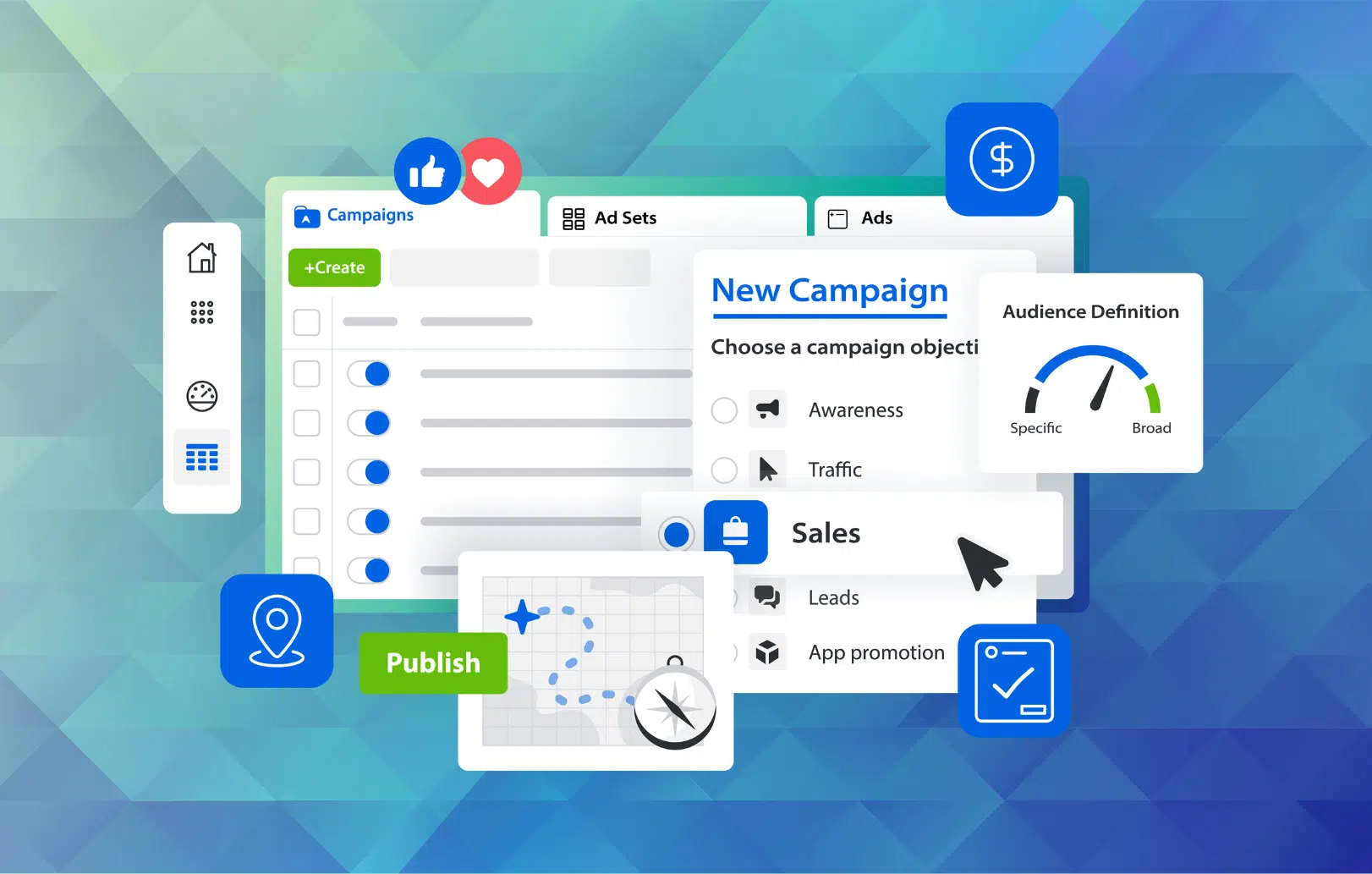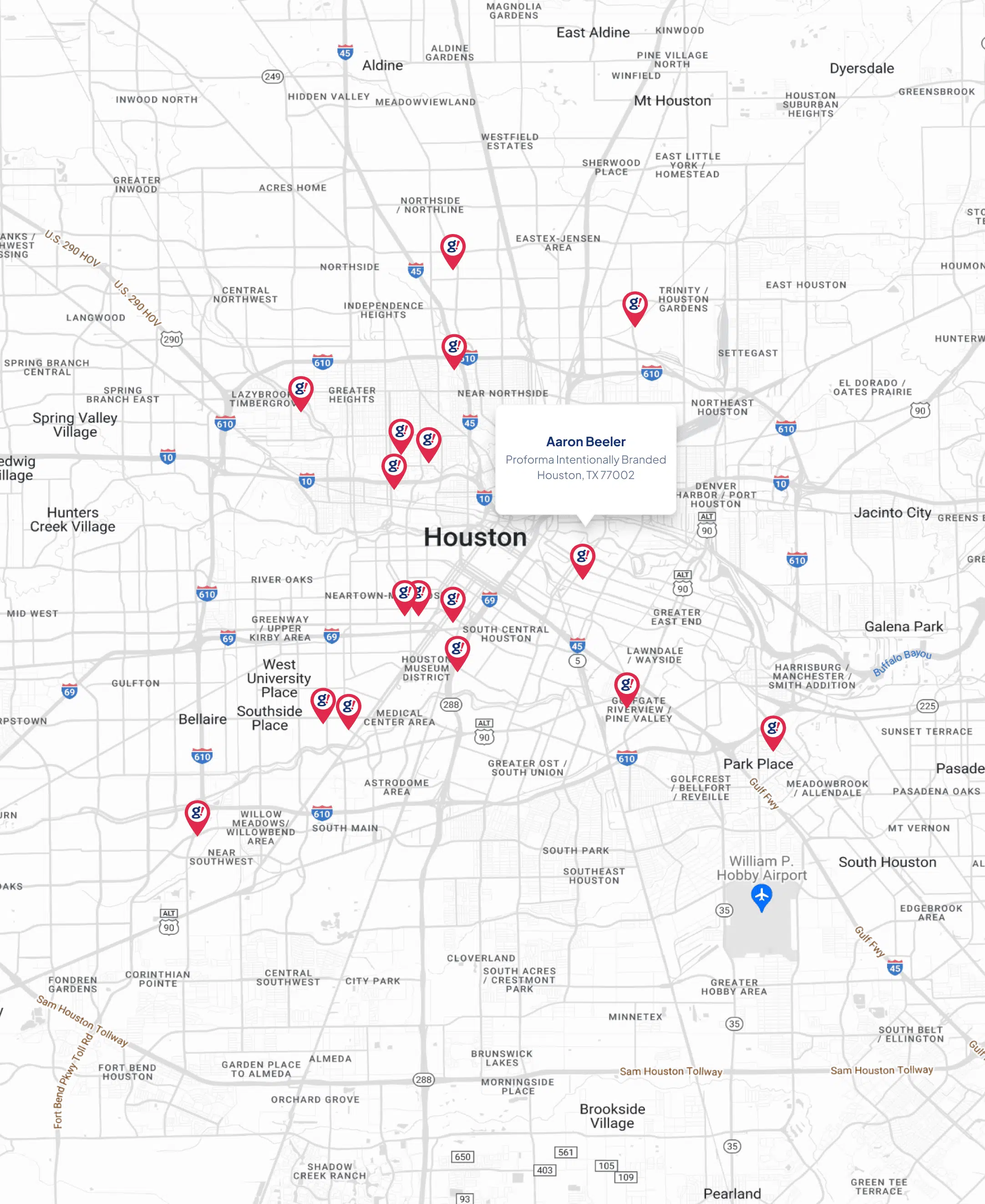Local SEO has become a must-have for small and mid-sized businesses (SMBs) trying to stay visible in their communities. But with so much outdated or conflicting advice floating around, it’s easy to fall for myths that waste time, and worse, cost you customers.
Whether you’re a local shop, medical clinic, service provider, or restaurant, this guide will set the record straight. Let’s debunk the 5 biggest Local SEO myths and show you what actually moves the needle.
Myth #1: “You Only Need to Set Up Google Business Profile and You’re Done”
The truth: Claiming and optimizing your Google Business Profile (formerly Google My Business) is step one, not the whole strategy.
Yes, it’s powerful, it helps you show up in the “map pack” and local search results. But it’s not plug-and-play.
What to do instead:
- Update your GBP weekly: new photos, FAQs, hours, and posts
- Respond to every review (positive and negative)
- Use Google Posts to share promos, events, or updates
- Add real services with accurate descriptions and service areas
🔍 Pro tip: Keep your business NAP (Name, Address, Phone) consistent across the web, your website, directories, and GBP should match exactly.
Myth #2: “Local SEO Is All About Keywords”
The truth: Keywords help, but Google ranks entities, not just words. Your business’s authority, relevance, and trustworthiness (E-A-T) matter just as much.
Keyword stuffing your site or Google profile won’t get you far, and might even hurt you.
What to do instead:
- Write location-rich, service-specific content (like “emergency plumbing in Denton, TX”)
- Add FAQs targeting local concerns
- Include schema markup to help Google understand your business better
- Encourage and publish reviews with keywords organically written by your customers
Myth #3: “Reviews Don’t Matter That Much”
The truth: Reviews aren’t just for reputation, they’re a ranking signal in local search. Google even shows snippets from reviews in map results.
What to do instead:
- Ask for reviews after every customer interaction (email, SMS, or in-person)
- Respond promptly and professionally
- Use keywords in your responses (but naturally)
- Don’t incentivize fake reviews, Google’s algorithms (and users) can tell
📈 Pro tip: If you want to scale review generation and reputation management, use a tool like g!Reviews™ or Podium.
Myth #4: “You Don’t Need a Website if You Have a GBP”
The truth: Your website is still your home base. Google often pulls information from your site to verify your business and display in search results.
Without a website, you’re missing:
- A place to control your narrative
- SEO-rich landing pages
- Pages for each service and location
- Better analytics and tracking
What to do instead:
- Build a simple, fast, mobile-first website
- Create separate pages for each service and each location
- Add a blog to answer local questions and build authority
- Connect your site to your GBP for stronger credibility
Myth #5: “Local SEO Is a One-Time Setup”
The truth: Local SEO is an ongoing game. Your competitors aren’t standing still, and neither is Google.
Search engine algorithms evolve constantly. New reviews appear, business listings get updated, and new competitors pop up. If you’re not maintaining your local SEO, you’re falling behind.
What to do instead:
- Track your rankings and visibility monthly
- Update your content regularly
- Audit your citations (local listings) every quarter
- Keep posting updates on Google and social platforms
- Stay on top of local algorithm changes (e.g., Possum, Vicinity)
Pro tip: Treat your local SEO like your digital storefront, it needs cleaning, updating, and attention every week.
Final Thoughts: Don’t Let These Myths Hold You Back
Local SEO isn’t magic, but it is one of the most powerful tools SMBs have to drive real, local, bottom-line results.
Here’s the real recipe:
- Be consistent across platforms
- Serve valuable, location-relevant content
- Engage with your customers
- Stay active, not passive
Break free from these myths and you’ll not only boost your rankings, you’ll also build trust and visibility where it matters most: in your community.
Want Local SEO That Works?
At gotcha! we specialize in helping local businesses own their presence online, with proven local SEO strategies that drive traffic, calls, and real ROI.
Need help fixing your Google Business Profile?
Want more 5-star reviews?
Ready to rank above the competition?








